Study adds to understanding of droplet behaviour
New research by a scientist in the US can better explain how a droplet splash is dictated by the smoothness of a surface, as well as the surrounding air pressure.
Scientists already knew that two aspects were involved in this seemingly simple process; one related to the surrounding air, and the other to how the liquid spreads on the substrate. ‘If we were forced to guess, we’d probably assume that decreasing the ambient pressure around the drop would make the splash bigger. After all, we’re decreasing air resistance,’ explains Andrzej Latka, at the University of Chicago, who performed the new research. However, the opposite is true – even small decreases in air pressure can cause a splash to disappear. ‘The pressure on Mount Everest is usually low enough that most drops would not splash there,’ he adds. When a drop spreads on a surface, it creates a thin layer of air between the advancing liquid and the surface. This air causes a sheet of liquid to be ejected, which breaks up causing a splash. Decreasing the pressure stops the air layer forming, preventing splashing.
Latka’s study shows that impact surface has an even larger effect on splashing than air pressure. Using a glass slide that was partially etched with ammonium bifluoride to create a rough surface, he showed that droplets spread smoothly on the rough part, and then splash on reaching the smooth part. This effect happens because the contact line between the droplet and the surface is forced to move more slowly on a rougher surface. Latka says that this contact line needs to be moving faster than a given threshold for splashing to occur, and he’s identified a surface that will completely prevent splashing.
Although there’s still more to understand, using a substrate to dictate splashing could have practical connotations ranging from windscreens, to inkjet printing, to the blood splatter analysis made famous in the TV show Dexter.
References
This article is free to access until 28 February 2017
A Latka, Soft Matter, 2017, DOI: 10.1039/c6sm02321e
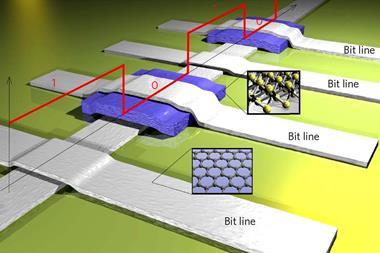
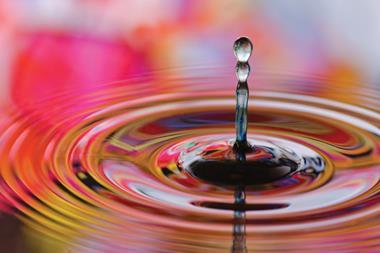
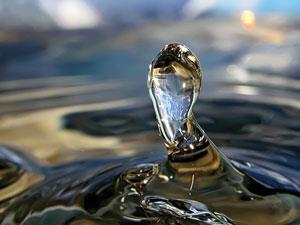
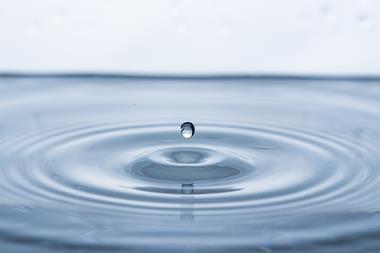

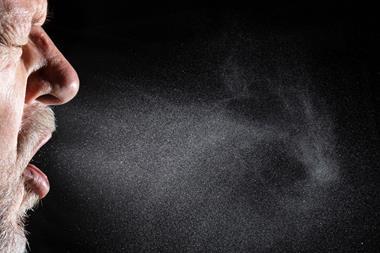






No comments yet